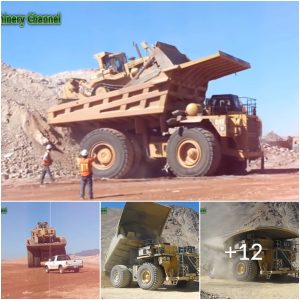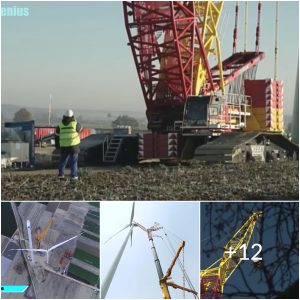Romania, a country known for its breathtaking landscapes and rich history, harbors a geological marvel that has intrigued both locals and scientists for centuries: the Trovants. These so-called “living stones” possess the extraordinary ability to grow and move, sparking a multitude of legends and myths in the region. But what exactly are these mysterious rocks, and how do they exhibit such unusual characteristics?


In the quaint village of Costesti in Valcea County, the Trovants have become an integral part of local folklore. Villagers have long believed that these rocks are alive, citing generations of observations where the stones appear to grow and move. Some attribute these phenomena to supernatural forces or even the handiwork of extraterrestrial beings.
Geological Explanation

While legends provide a fascinating backdrop, geologists have delved deep into the science behind the Trovants. These stones, also known as “cemented sandstones” or “concretions,” are formed through complex geological processes. Roughly six million years ago, seismic activity led to the creation of these unique formations. Trovants consist of a hard stone core surrounded by sandstone, and they can vary in size from small pebbles to massive boulders weighing several tons.
The formation of Trovants involves a mix of seismic shifts, sand sedimentation in rivers, and rain over extended periods. When water with a high concentration of calcium carbonate infiltrates the sandy environment, it cements the sand around the core, creating these remarkable stones.
The Growth of Trovants

One of the most captivating aspects of Trovants is their ability to grow. During heavy rainfall, these stones absorb minerals from the water, triggering a chemical reaction that exerts pressure from within. This pressure causes the rocks to expand outward from their core, adding layers over time. Although the growth rate is slow, typically a few centimeters every thousand years, this gradual process leads to the distinctive bumpy appearance of the Trovants.
The Movement of Trovants

In addition to their growth, Trovants also exhibit movement, albeit at an imperceptible pace to the human eye. This movement is a result of their expansion process, which alters the surrounding landscape and allows the stones to shift slightly over time. External factors such as heavy rainfall or seismic activity can also contribute to their gradual displacement.
Elliptical Layers Inside Trovants

Upon examining cross-sections of Trovants, geologists have discovered multiple ringed elliptical layers, similar to the growth rings of a tree. These layers form as the stones absorb additional sand and minerals from their environment, gradually expanding outward. This internal structure provides valuable insights into the slow but continuous growth process of these unique geological formations.
Tourist Attraction
The fascinating phenomena of the Trovants have made them a popular tourist attraction in Romania. To protect these geological treasures, the “Muzeul Trovantilor” or Trovants Museum Natural Reserve was established in Valcea County in 2004. The museum, now protected by UNESCO, offers visitors a chance to marvel at these extraordinary stones and learn about their formation and growth.

Although Trovants may seem like living beings, they are, in fact, a unique type of rock formation that has been around for millions of years. Their ability to grow and move has understandably led to myths and legends, but the scientific explanations behind these phenomena are equally fascinating. The Trovants stand as a testament to the wonders and mysteries of our natural world.
In conclusion, the Trovants of Romania might appear as though they belong in a science fiction tale, yet their existence highlights the extraordinary processes that occur within our planet. If you ever find yourself in Costesti or other regions in Romania where these living rocks are found, take a moment to appreciate their unique beauty and ponder the geological mysteries they hold.





